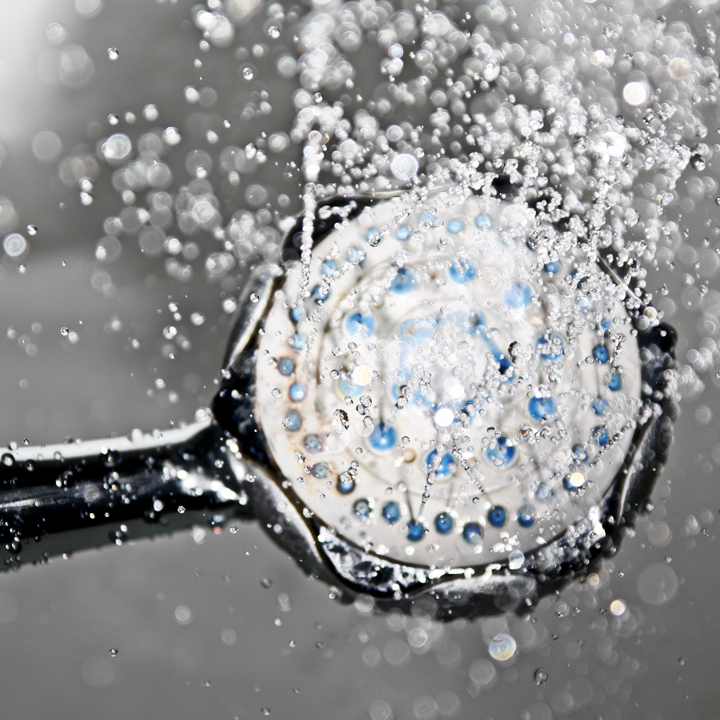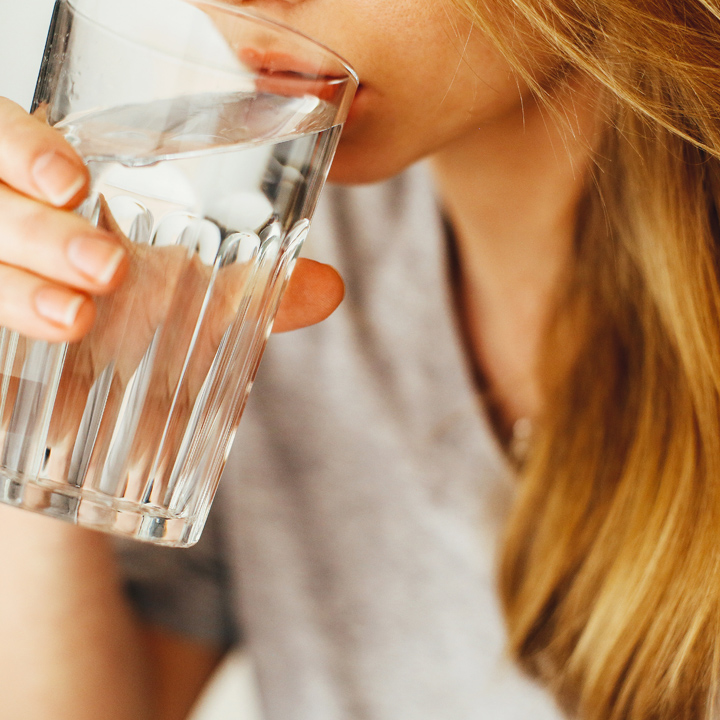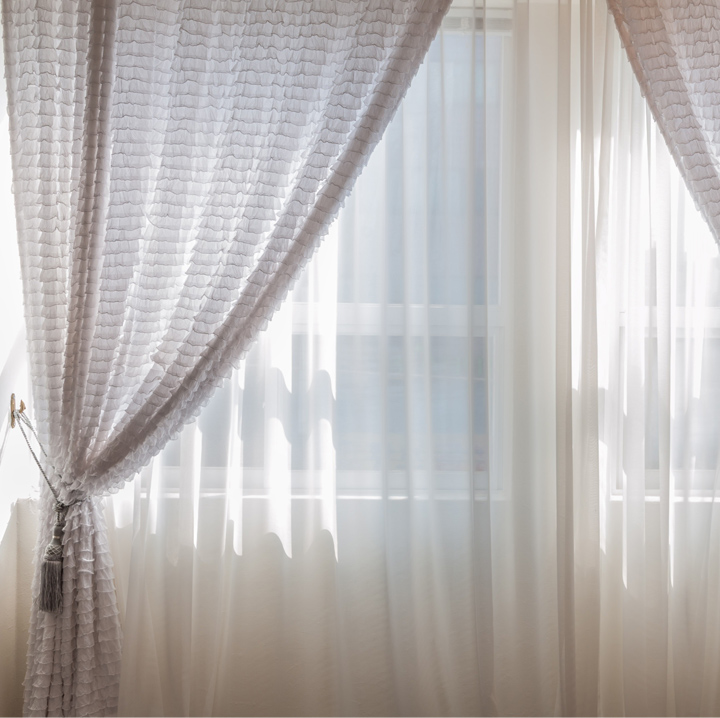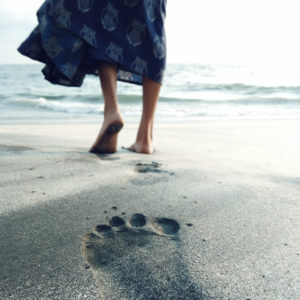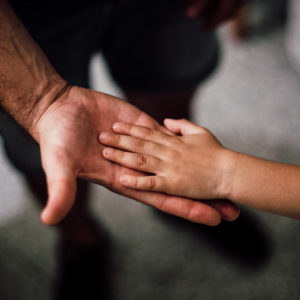The hot summer sun usually signifies something positive, but too much of it can be harmful to our health.
This is the case with heatwaves, where consistent temperatures pervade for long periods of time and can prove to be fatal for those not practicing sun safety.
Sun safety starts when you arm yourself with the knowledge of how to stay safe in really hot weather.
Knowing what the weather and temperatures will be like is one way to avoid the brunt of the day’s heat.
Heatwaves can affect utilities such as water supply, power, and transport. Moreover, it can exacerbate air pollution levels and can be bad for your lungs and skin. Think twice about going outside when the heat is at its highest, i.e., in the middle of the day until afternoons should be out of the question.
Listen to the news, particularly the highest point of temperature and when it’s expected so you’ll know when to stay inside. Plan ahead and walk or go to the mall when the sun has dipped or when the weather forecast says it’s safe.
Planning Ahead
Getting caught right in the middle of a heatwave can become a deadly situation, especially if you’re ill-prepared. Don’t underestimate it just because you assume that the weather is like what it was when you were younger.
Due to the greenhouse effect and the environment, the sun’s rays are hotter than what it was 10 or 20 years ago.
It will be best to have a ‘sunny weather’ list of essentials- a hat, sunscreen and a bottle of water to bring with you. Keep yourself away from direct sunlight as much as possible. Walk on shaded areas or places where there are fountains and trees.
Heatwaves are known to disrupt transport services, so don’t rush to get to where you need to go right away. Stay hydrated, delay walking until late afternoon or simply stay in and call for an appointment cancellation.
Keeping Your Body Cool
The most sensible thing you can do is to avoid outdoor activities between 11 am to 4 or 5 pm. If you’re affected by the searing temperature, actively go on cooldown mode by dipping your feet in cold water or applying a wet towel on your arms or neck. This is the best time to take a shower as well.
Do all household chores in the morning and minimize movement in the hottest hours. Gardening, sports, and exercising are out of the picture. If the weather is unusually hot even in the morning, take frequent breaks and shorten your daily walks.
Dressing For The Weather
Sun safety is not just about keeping out the sun’s heat, but in staving off its harmful radiation as well. Children are particularly vulnerable to the scorching UV rays that can damage the skin.
Putting on sunscreen and wearing a hat should always be done if you have to go outside. The wider the brim, the better as it can protect your face, neck, and eyes. Wear sunglasses so you can see better and prevent UV radiation from getting to your eyes. Clothes that extend to your arms, e.g., long-sleeved shirts are the best.
At home, the code should be the barest minimum. Wear loose-fitting and light-colored shirts and pants that are made of cotton.
Drinking Plenty of Fluids
The key to beating sun exhaustion and the heatwave is staying hydrated. This can affect everyone, including babies, elders, and children. If one of your family members isn’t able to drink by himself, be ready to help out by preparing plenty of water and other life-giving fluids.
Remember, fluid requirements will be much higher during heatwaves and hot weather since you’ll be perspiring and losing a lot of water as well. Tea, water, coffee, and milk are good, but soda and sugary drinks aren’t.
Regularly check for signs of dehydration, e.g., dark urine, dry mouth, and increased thirst. Stock up with cold water and make some ice if your fridge has that feature.
Keeping Your Home Cool
Close the windows to prevent hot air coming in. Activate the blinds and the curtains and don’t open it until cooler air is available during nighttime. Turn on the air conditioning and set the mode to ‘cool’. You can save by increasing the thermostat as long as you’re comfortable.
If you don’t have an air conditioner, make plans to spend the day at a cool place such as a movie theater, a shopping center or the library.
When staying indoors, go to the part of the house that’s coolest. Use heat-generating appliances, e.g., the stove, microwave, and lamps less. Be prepared for any emergency that comes and constantly monitor your loved ones’ health and well-being.
Prevent heat illness by keeping shade, rest and water in mind. Recognize the symptoms of a heat stroke and related illness, then call for help in times of emergency.




